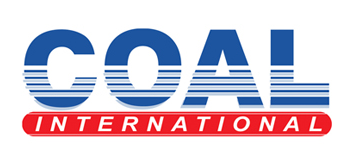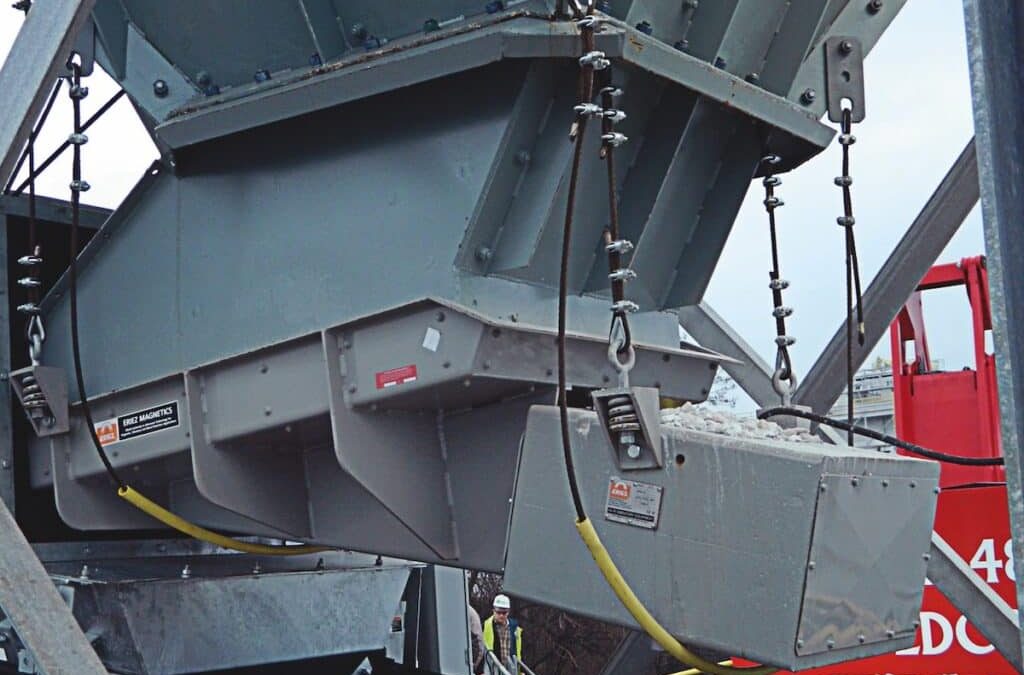Many mining companies are being bogged down by unreliable mineral processing equipment. Enter Eriez.
A key challenge Australian mining operations face is how to process high volumes while keeping costs low.
Eriez is helping mining companies address operating concerns with advanced magnetic separation, metal detection, vibratory conveying, and flotation solutions that protect downstream equipment and improve product quality and recovery rates.
According to Eriez regional business development manager for Southeast Asia and Oceania Omkar Bokil, alongside demand for optimised materials separation, miners also face contamination issues such as dust, spillage and blockages.
“Our equipment is designed to minimise these problems and provide cleaner, more controlled material flow,” Bokil told Australian Mining. “And, of course, safety is a top priority.”
History of innovation
Eriez is not a company content to roll out the same solutions year after year. It has a globally respected innovation culture built on more than 80 years of research and development (R&D), and a desire to push the product envelope.
Established in 1942, Eriez was started in Erie, Pennsylvania by O.F. Merwin, a travelling grain milling equipment salesman who repeatedly heard from his customers about the same issue: ferrous contamination in their processes.
Merwin developed the first permanent magnetic plate separator prototype in the basement of his Erie home to enable grain millers to overcome ferrous challenges. It was a classic tale of applying curiosity to a practical problem and coming up with an ingenious solution.
These days, Eriez is a global leader in separation technologies, with 12 wholly-owned subsidiaries around the world and more than a thousand employees, including factory-trained sales engineers.
Its innovation culture was recognised last year by the Society for Mining, Metallurgy & Exploration (SME), when Eriez was selected to receive the 2024 Robert E. Murray Innovation Award.
The award commended Eriez “for its development of cutting-edge technology that addresses century-old challenges in flotation”, enabling the mining industry “to align best practices in separation science with modern-day sustainability requirements”.

Key trends
Bokil said innovation is a value shared globally across the company.
“We always look for better solutions and strive to maintain strong relationships with our customers after installation,” he said.
“Through site audits and feedback, we identify pain points and pass them on to our R&D department in Pennsylvania. This helps us develop innovations that reduce energy consumption, minimise dust and improve safety.
“We recently launched a high-capacity vibratory feeder that doubles processing rates while reducing dust. We have also redesigned the coils in our tramp removal magnets using anodised aluminium strip, which consumes significantly less power while improving performance.”
Bokil said there are four key trends currently driving demand for Eriez products and services among Australian mining operators: sustainability, digitalisation, safety, and integrated partnership models.
“The industry’s focus on energy efficiency, water conservation, digitalisation, and safety aligns closely with our innovations,” he said. “We see great opportunities to deepen relationships and help shape mineral processing in Australia through these shared values.”
Bokil said flagship Eriez products such as HydroFloat and StackCell are gaining traction because they deliver higher recoveries with a smaller environmental impact.
“Clients are under pressure to reduce environmental footprints,” he said.
“They want energy-efficient equipment, reduced water usage and lower emissions.”
Digitalisation is no longer a buzzword, he said, with mining companies wanting smarter, connected equipment that provides real-time performance data for predictive maintenance and better process control.
“By integrating digital features into our mechanical products, we provide valuable feedback to customer control systems,” Bokil said. “Combined with regular site visits and audits, this builds long-term relationships and ensures products deliver expected recoveries.
“Our tramp magnets come with PLC (programmable logic controller) programming, for example, and our metal detectors are digital and integrate with control systems.”
Safety is also top of mind for Eriez throughout its product design, from conceptualisation through to installation.
Another emerging factor is a focus on collaborative approaches to integrated solutions that can grow and adapt to the changing circumstances and demands of operators.
“Clients increasingly demand long-term relationships with suppliers who provide lifecycle support and performance optimisation,” Bokil said. “By combining global innovation with local expertise, we are positioning ourselves for a new paradigm where service is king.”
Having been established in Australia since the 1960s, Eriez has continued to invest heavily in its local capabilities.
“Our Melbourne test lab and engineering support, along with offices in Perth and service teams nationwide, ensure close collaboration with customers,” Bokil said.
With its project pipeline looking strong, Bokil said Eriez is committed to working closely with Australian mining clients to process and separate materials more efficiently and safely.



